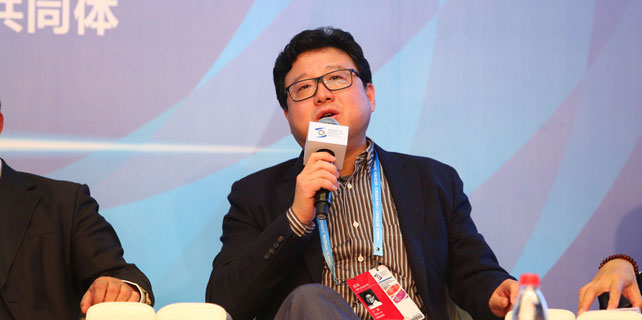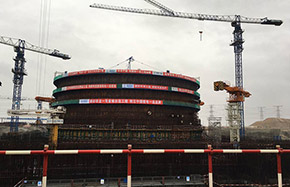Adidas boss plans fast-fashion business to catch up with rivals
 |
|
Kasper Rorsted, CEO of Adidas AG. [Photo provided to China Daily] |
HERZOGENAURACH, Germany - Adidas AG's new chief executive officer is doubling down on surging sales of casual sneaker lines like Stan Smith and Tubular to trans-form the German sportswear maker into a fast-fashion business and gain ground on larger rival Nike Inc.
Sales of so-called lifestyle products from the Originals, Neo and Y3 lines rose 45 percent in 2016, more than triple the pace of performance sports gear, the company said on Wednesday. CEO Kasper Rorsted said focusing on fast-fashion and stripping away non-core businesses like golf and hockey will increase profit more than expected, lifting the shares to a record.
"The lifestyle market is a lot bigger than the sports market, so we have to participate in that," outgoing chief financial officer Robin Stalker said at a news conference, adding that casualwear now accounts for about 30 percent of sales. "There are the Stan Smiths and Superstars, but there are also other products we will manage over many seasons.''
The increased forecasts add to the momentum of a business that raised its outlook four times last year, providing a springboard for Rorsted after he took the reins from longtime CEO Herbert Hainer about six months ago. Adidas is betting big on a fashion trend that has also lifted smaller German sportswear brand Puma as consumers shift away from hard-core providers of athletic gear like Under Armour Inc.
Adidas's new leader said he plans to "over-invest" in the United States, where the company trails Nike, and speed up its supply chain to sell more goods at full price. Adidas also plans to quadruple online sales to 4 billion euros ($4.2 billion) by 2020 and divest itself of the CCM hockey business as it focuses on its namesake label and the Reebok brand.
Taking a page from the playbook of fast-fashion companies like Zara owner Inditex SA, Adidas is working with suppliers to increase purchasing flexibility, Rorsted said in an interview. Instead of ordering a set quantity of shoes or clothing for an entire season, which can result in shortages or overstocking, the company is shifting toward buying limited numbers at the outset and then responding to demand. The move to accelerate procurement affects product lines representing about 25 percent of sales last year, the CEO said, which the company wants to increase to half by 2020.
The company said profit should rise 20 percent to 22 percent a year on average through 2020, compared with a previous projection for growth of about 15 percent, lifting its shares as much as 9.2 percent. But the new strategy could carry risks if tastes shift-as Puma previously found. The leaping cat's performance slumped during the global financial crisis when consumers rejected its fashion-focused approach in favor of more down-to-earth gear before more recently embracing the "athleisure" trend.
Adidas will also need to find buyers for CCM and other businesses it has identified as non-core. It's been trying to sell its TaylorMade golf unit for almost a year, and previously said it expected the process to be complete by the end of 2016. Rorsted said Reebok and basketball products have also lagged behind expectations.
"We are 18 months into our strategy," Rorsted said at the news conference. "We still have a lot ahead of us to deliver."
The new CEO is revamping Adidas's leadership as he implements his strategy, on Tuesday naming e-commerce chief Harm Ohlmeyer to succeed Stalker as CFO. The company wants to build on sales momentum from classic lines like Stan Smith by adding more modern takes on sportswear fashion with its NMD, Tubular and Iniki shoes, along with clothing lines like XBYO.
"There is no end in sight to consumer demand for sport-inspired streetwear," Andreas Inderst, an analyst at Macquarie, wrote in a recent report.
As well as raising its long-term goals, Adidas gave a 2017 forecast ahead of analyst estimates. Net income from continuing operations will rise 18 percent to 20 percent to as much as 1.23 billion euros, it said. The consensus analyst estimate is 1.15 billion euros. Profit rose 41 percent in 2016, exceeding 1 billion euros for the first time.
BLOOMBERG









